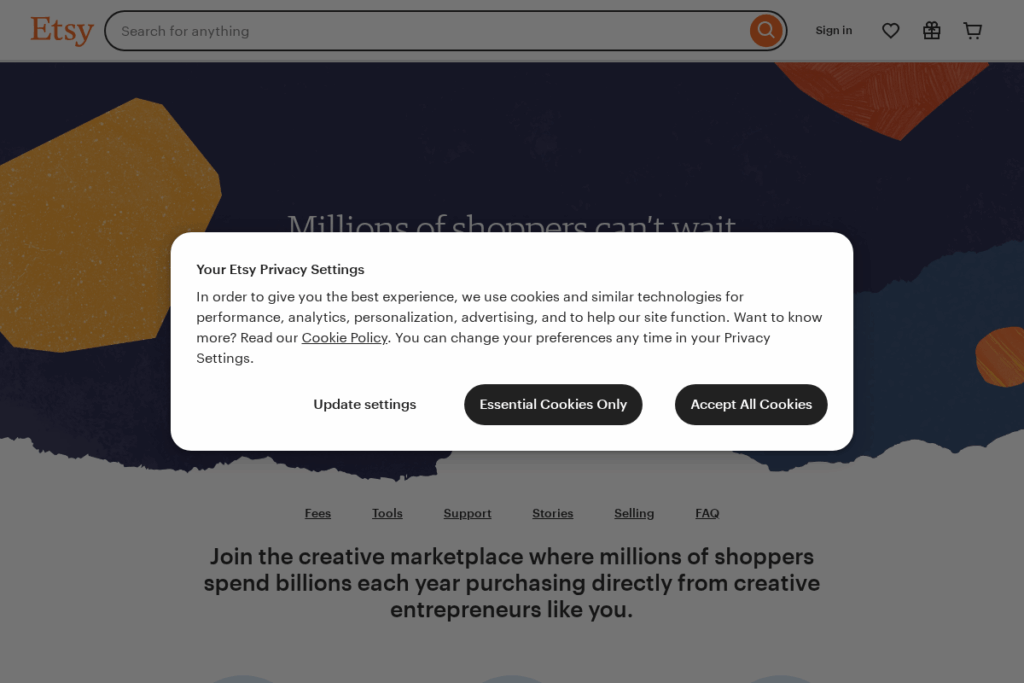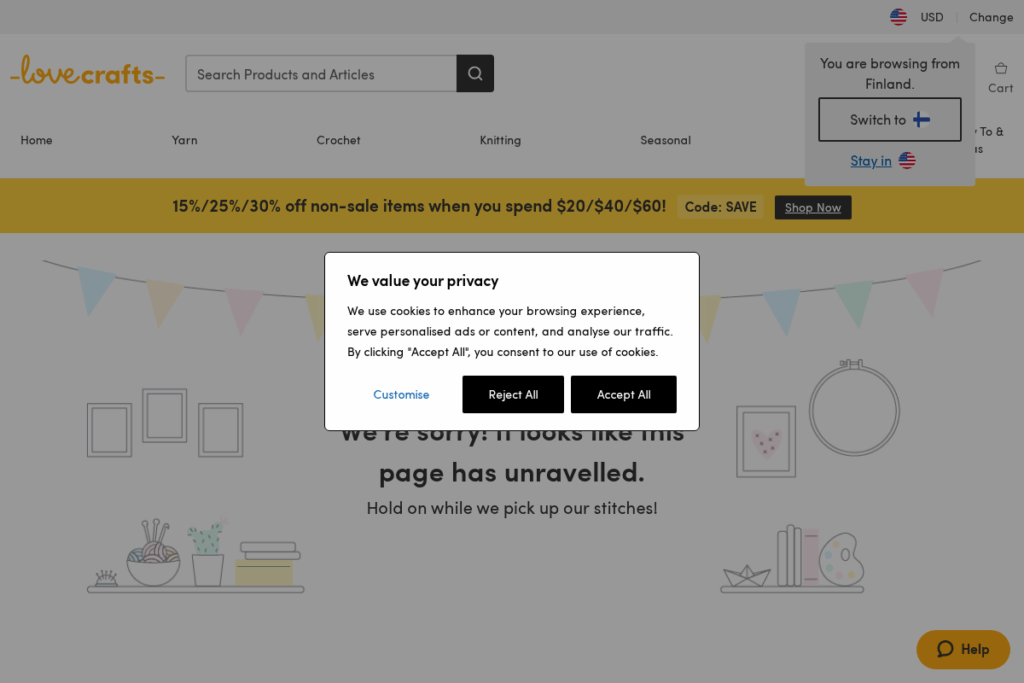
As someone who transformed a small creative side hustle into a sustainable online income, I know firsthand how powerful and rewarding it can be to monetize your passions. Crochet has all the right ingredients: a dedicated online community, endless creative potential, and a market hungry for cozy, handmade goods. The best part? Building your crochet income never means sacrificing the simple joys or flexibility you value. If you’re eager to stitch your way to a new revenue stream—whether for extra cash or serious career change—here’s exactly how you can do it.

1. Perfect Your Crochet Skills and Discover Your Niche
Your first step is to master the craft. Practice fundamental stitches, experiment with patterns, and find projects you genuinely enjoy. Beyond skill, think about what sets your style apart. Are you drawn to bold colors, minimalist designs, or whimsical toys? Look into popular trends in crochet on platforms like Popsugar’s roundup of trends or browse inspiration on Pinterest. Identifying your niche helps you stand out and attract an audience who loves what you do. Don’t hesitate to join online crochet groups and forums to see what’s resonating in real time. Finding your unique angle early will make marketing and selling your creations far easier.
2. Build an Online Portfolio and Presence

Showcasing your work is essential. Start by creating a simple, visually appealing portfolio using Instagram, a personal website, or both. Instagram is a favorite for crafters—post regularly, use relevant hashtags like #crochettoys or #handmadewearables, and engage with followers. If you decide to launch a dedicated site, platforms like Squarespace offer user-friendly templates tailored for makers. High-quality photos are key; learn the basics of smartphone photography or look up tips from Craftsy’s guide for crafters. A strong online presence not only builds credibility but also creates opportunities for direct sales and collaborations.
3. Start Selling on Handmade Marketplaces

Ready to make your first sale? Set up shop on major marketplaces like Etsy or eBay. Each platform has its own best practices. Research what similar crochet products are selling for, and craft descriptions that showcase your item’s uniqueness and quality. Etsy’s Seller Handbook offers up-to-date tips for pricing, marketing, and scaling your store. For a broader perspective, check out Craft Professional’s in-depth guide on selling crafts online. Over time, you can expand to newer platforms or even local fairs, broadening your reach as you grow.
4. Offer Custom Orders and Personalized Gifts

Customization is in high demand. Offering personalized items—baby blankets with names, pet-themed hats, or bespoke amigurumi characters—lets you charge a premium while delighting your customers. Communicate clearly about timeframes, pricing, and design limitations to manage expectations. To streamline communication, consider form templates or intake questionnaires, as recommended by Creative Bloq’s selling guide. Posting finished custom orders (with client permission) serves as great social proof and attracts new commissions. Remember, unique personal touches are often what transform a casual customer into a raving fan.
5. Generate Passive Income with Digital Patterns

Selling your own crochet patterns online creates steady, passive income. If you’re comfortable writing clear instructions and taking process photos, publish digital PDFs on platforms like Ravelry or LoveCrafts. Check out these craft business ideas for more inspiration on digital product income streams. Well-photographed, easy-to-follow patterns will win over repeat buyers. Explore pattern-writing guidelines and community standards to ensure clarity and originality. As your pattern library grows, you’ll create a foundation for long-term sales, even while you sleep.

6. Expand with Crochet Classes and Tutorials
Teaching opens up a new revenue source and helps others discover the joy of crochet. Host virtual workshops using platforms like Skillshare or stream short tutorials on YouTube. Break down complicated techniques into beginner-friendly steps. If you prefer in-person, partner with local libraries or craft shops. Sharing knowledge is not only fulfilling—it adds variety to your side hustle and builds your brand reputation. For more on monetizing your expertise, explore tips to get paid as a teacher. You might even build a loyal following eager for your next lesson or pattern release.
7. Protect Your Business and Follow Best Practices
As you grow, safeguard your business and comply with legal standards. Register as a sole proprietor or LLC, depending on your needs; SBA guidelines can help you decide. Keep good records of your sales, expenses, and inventory, using a system like QuickBooks Self-Employed. Consider basic business insurance for peace of mind and check your local regulations for required permits or sales tax rules. Following these steps protects both your creativity and your income, allowing you to focus on the fun of building your crochet venture.
Whether you want a flexible side project or a launchpad to full-time freedom, crochet offers a pathway to both income and joy. With a blend of creativity, smart business moves, and willingness to adapt, you can shape your own journey and stitch together financial security on your terms. For more inspiration, check out visions for passive income goals. Remember, every successful venture starts with one small step—and every masterpiece starts with a single stitch.

